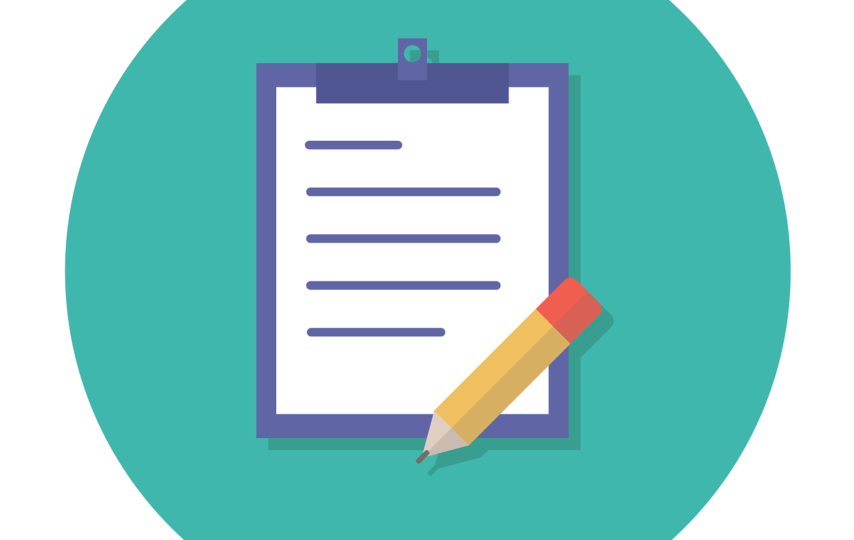Since early last year, the spate of data attacks on more giant corporations has become increasingly bolder and broader. The onslaught of data breaches on some of the most notable names in the world including Facebook, British Airways, Google, Marriot, T-Mobile and others who have been recent victims of an unprecedented amount of data breaches. Facebook alone had to deal with significant data incidents that affected more than 100 million of their users across the world.
Data breaches can take place for a number of reasons. From hacking into company data and mishandling and selling of confidential documents to 3rd parties, the gaping holes in the security systems of companies can make documents and PDF files susceptible to hacking. Making sure a company’s records are protected at all times must be the topmost priority of every organisation. Fortunately, there are ways to safeguard and avoid potential data breaches of documents, files and PDFs that contain classified data.
Here are some tips that you can use to prevent potential data breaches.
Using reputed password managers
Many consumers continue to use simple passwords such as “123456” or “password”. And these passwords are used for a number of different accounts. In fact, a massive security breach at Sony Corporation a few years ago was due to easy-to-hack and straightforward passwords such as the above. Make use of a password manager to control your accounts so you can use more complex passwords and different passwords for each system. Reputed password managers that employ two-factor authentication can be the first step towards keeping your data safe from prying eyes.
Being aware of suspicious emails
Even to this day, unsuspecting users click on links that come from phishing emails. More than 8 out of 10 cyber-attacks begin with a phishing email. Cybercriminals use these essential bits of information to fuel a data breach. Especially during the holiday season, a great deal of cybercriminal activity is seen because most users click on phishing emails on product launches and discounts online. You may want to think twice before clicking on to any email that appears suspicious or a link that you have not accessed before.
Updating your software regularly
Software update notifications can indeed be annoying, especially if they pop up each time you open a new window. But, investing 15 minutes of your time on updating your security can prevent you from falling victim to a data breach. To take an example, the Equifax data breach that affected over 43 million Americans in 2017 was simply because of cybercriminals accessed a known vulnerability in an application. The application had released a security patch two months before the hacking took place. However, the company did not update its software at the time. This can be a painful lesson, but it is vital for every organisation to adhere to critical patches or fixes when software companies release them to fix security holes in their software.
Get rid of unnecessary physical documents
Merely tearing up a paper report is not enough to prevent identity theft. Ensure that all documents containing classified information are shredded, especially ones that contain personally identifiable data. More importantly, scan your computer files and get rid of unnecessary copies of PDF files, Word files, images, videos and other data that do not require to be backed up.
Securing confidential information
With the purging of unnecessary paper and digital files, it is now time to organise your critical data in essential sectors. Documents containing legal matter, financial information and other vital data must be secured and protected with the help of a document security solution. Third party security software that prevents unauthorised viewing, sharing, copying and modifying, screen capture, printing and other critical document control functions must be put in place to protect your PDF files and word.
Implementing a Digital Rights Management service can be of critical benefit to any organisation. Some of its many advantages include controlling intellectual property rights, minimising publishing expenses, ensuring compliance with business processes and enhancing profitability.
To protect your company’s trade secrets or ensure that there is a controlled methodology of sharing your information, you may want to consider document security software. It can help protect the privacy of your data and prevent loss of revenue. Importantly, it is also a cost-effective means of distributing your documents while ensuring secured sharing and protection of trade information. Although it is crucial that only the right people can access or view your data, controlling what they can do with that data is just as critical. Through Digital Rights Management, you can impose additional controls on your data to ensure that you are entirely in control of your information, regardless of where it resides.








